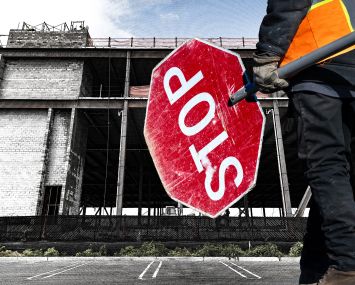Since mid-2011, there has been a bifurcation of the Manhattan office market between Midtown and lower Manhattan (Midtown South and Downtown). While Manhattan has, on the whole, experienced leasing volumes that are very close to the long-term averages, the level of activity has varied widely depending on where you look and what industries you are talking about.
Overall, new leasing averaged 5.9 million square feet from the third quarter of 2011 to the first quarter of 2013, roughly on par with the average of six million square feet per quarter recorded from 2003 through 2012. But performance varied widely among markets, reflecting broader trends in the U.S. economy.
Midtown, the home of large corporate users and many financial services firms, has been sluggish, with new leasing averaging 3.6 million square feet, about 11 percent below the four-million-square-foot quarterly average of the previous 10 years.
In an uncertain economic environment, with the financial services sector facing challenges in the U.S. and Europe, many of these space users are being cautious until there is more clarity about the fiscal and financial environment. The result is a slow leasing environment.
Leasing volumes were markedly different in the Midtown South and Downtown markets. These markets are home to more creative tenants, including technology, advertising, media and information (TAMI).
These industries are experiencing healthy to strong growth (with the notable exception of the print publishing sector) and are flocking to lower Manhattan, where the buildings are older and the local amenities more hip. Both the Midtown South and Downtown markets had above-average leasing volumes over the last year and a half. Midtown South had approximately one million square feet of leasing, 16 percent above the 10-year average of 885,000. The Downtown market has shown similar performance, with leasing averaging 1.3 million square feet, well above its 10-year average of 1.1 million square feet.
A solid pace of new leasing has been sustained in Manhattan through the past year and a half without strong participation from traditional users like financial services. At some point, as the fog of uncertainty begins to lift, these tenants will become more active. As that occurs and demand from these users is added to the strong demand from the creative sector, it is likely that the pace of leasing will accelerate.


